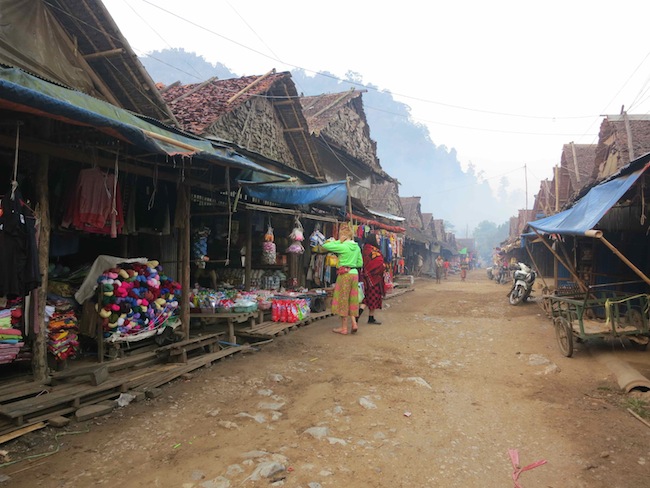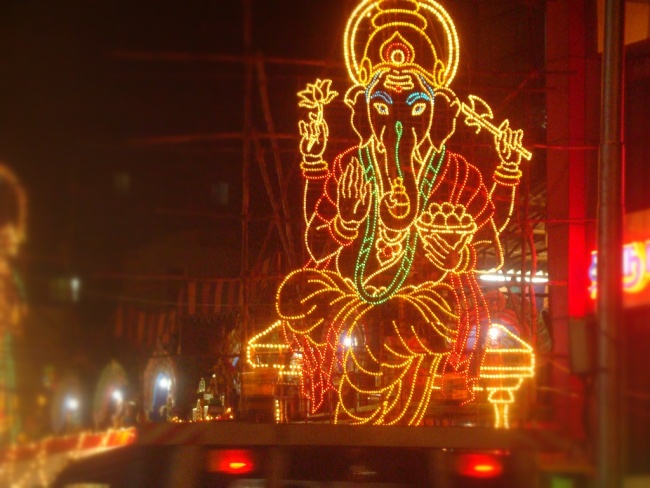A Partner Post by PerpetualExplorer.com contributor, Emma Corcoran.
Two or three times a week, Jay Savsani hosts a meal on the rooftop of his Chicago apartment complex. Last week his dinner guests were two Swiss tourists, and this week he’ll be hosting some fellow Chicagoans. Jay and his fellow diners are strangers but have connected through MealSharing.com, the food-centered social networking site Jay founded last year.
MealSharing allows diners and hosts from around the world to meet and share a home-cooked meal. Hosts put a profile on the site, which lists the types of food they usually cook and displays photos of their past culinary creations. Guests can then make contact and request a meal. MealSharing is a free platform; it costs nothing to participate as a guest or a host in this “couchsurfing for foodies” social movement.
“We come from a mission where we care about bringing communities together; be it from an international standpoint or within the local area,” says Jay, who says that “MealSharing is platform that connects travelers; however people also use it as a way to eat with other meal-sharers in their hometown.”


